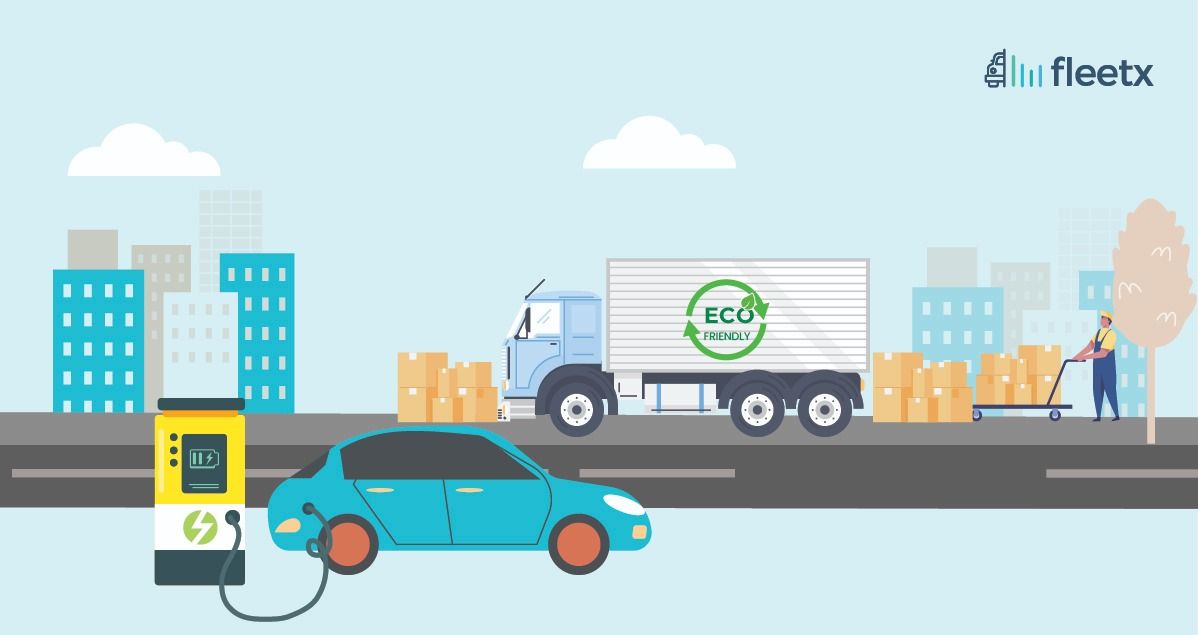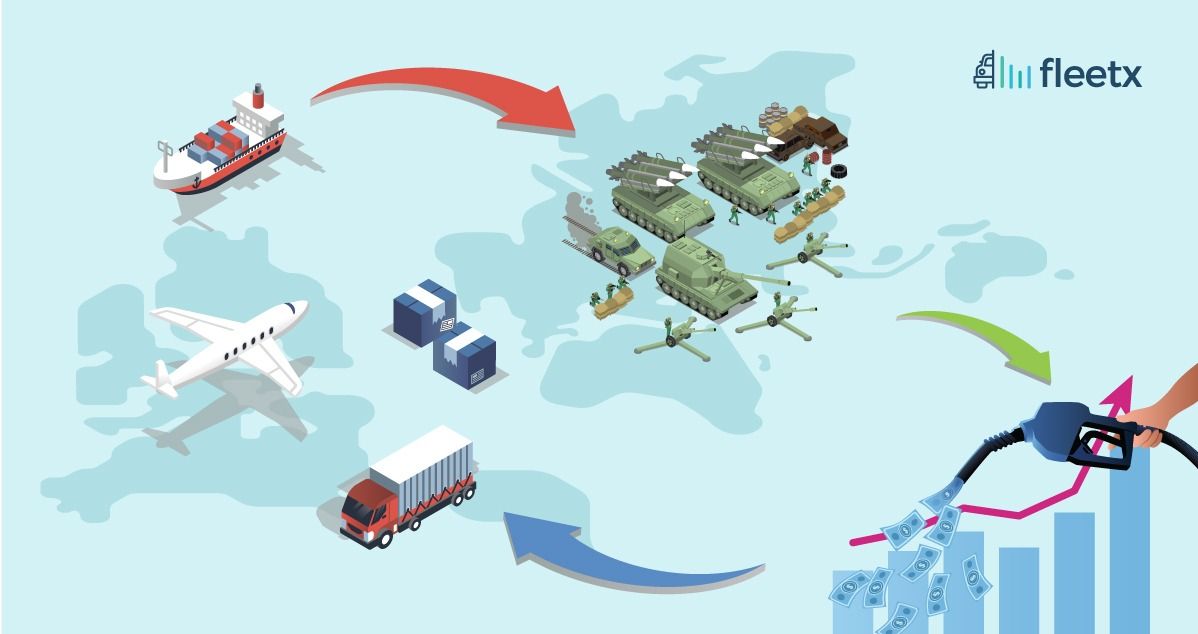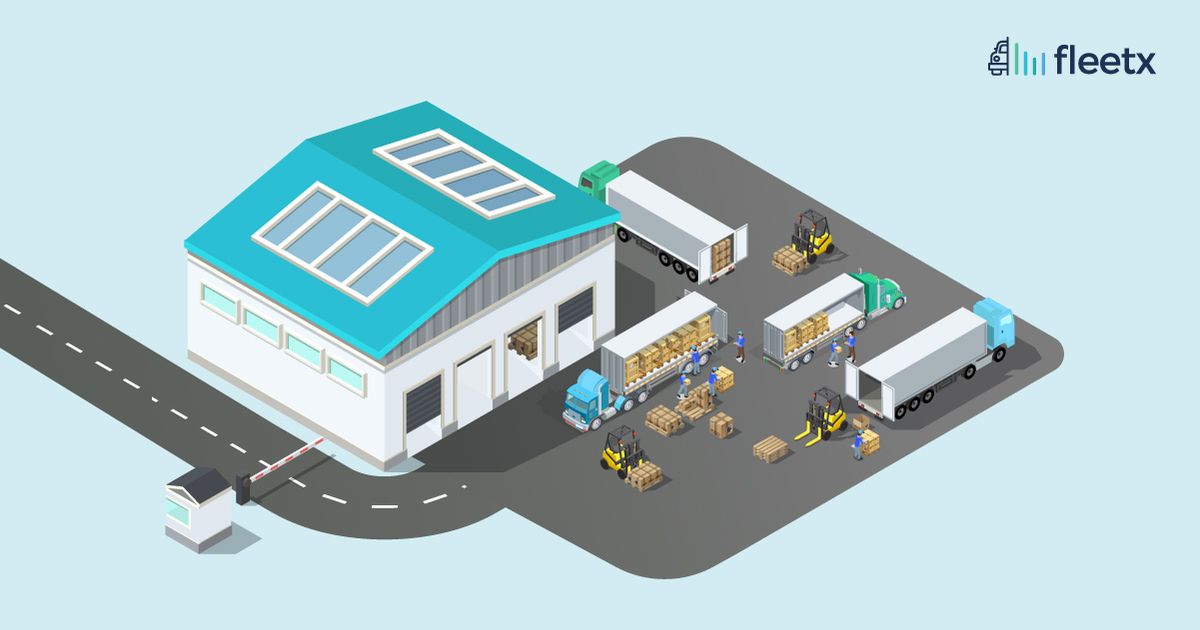
In today's world, businesses that regularly transport goods must consider the environmental impact of their logistics practices. Green logistics is the solution to minimizing harm to the environment, from storage and order processing to packaging and last-mile delivery. By adopting these practices, logistics companies can reduce their carbon footprint while increasing efficiency and reducing costs. A significant benefit of green logistics is that it can help businesses improve their brand image and stay competitive in a market where 68% of shoppers plan to base future purchases on a brand's commitment to sustainability.
Furthermore, an IBM Research Insights report shows that 57% of consumers are willing to change their eCommerce purchasing habits to reduce their environmental impact. Companies that are adjusting their supply chains and logistics systems to meet these new expectations are realizing the benefits of investing in sustainable solutions. Although only 10% of companies in one survey distinguished themselves based on having the most eco-friendly delivery service, the right technology and supply chain strategies can reduce costs and boost brand image. Green logistics, especially for last-mile logistics, offers a win-win solution for businesses, reducing carbon emissions and overhead costs while meeting customers' expectations.
Green logistics and its importance
According to SAP, any business technique that reduces the environmental impact of the logistics network and delivery is considered green logistics. Sustainable logistics, often known as green logistics, ensure a healthy bottom line without sacrificing consumer satisfaction or the environment's well-being. Intelligent firms are racing to understand and implement sustainable logistics management, aided by cutting-edge technology like artificial intelligence, machine learning, and sophisticated analytics.
There is a need for businesses to adopt green logistics practices in order to meet environmental regulations, reduce operating costs, and improve their brand image. It also points out that consumers are increasingly environmentally conscious and more likely to purchase from companies that have environmentally-friendly practices.
To achieve green logistics, businesses can implement various strategies such as route optimization, using fuel-efficient vehicles, and alternative energy sources. For example, by optimizing the routes for their vehicles, businesses can reduce the distance traveled, which leads to a reduction in fuel consumption and associated emissions. Furthermore, companies can use electric or hybrid vehicles, or even biofuel-powered trucks, to reduce the amount of pollution generated by their logistics operations.
Above all this technology plays an important role in achieving green logistics. As technology in enabling green logistics, including the use of advanced analytics and data management tools, digital supply chain platforms, and Internet of Things (IoT) devices. For example, digital platforms can enable real-time tracking of shipments and inventory, allowing companies to optimize their logistics operations and reduce waste.
Adding to this collaboration is key to achieving a more sustainable logistics industry. Collaboration between businesses, governments, and consumers is necessary to create a framework for sustainable logistics practices. Governments can create regulations that incentivize green logistics, while consumers can make purchasing decisions based on the environmental practices of businesses.
It is important for businesses to take a proactive approach to implementing green logistics practices, not only to benefit the environment but also to remain competitive in an increasingly environmentally-conscious market. Thus, Green logistics is an essential aspect of modern-day supply chain management, and businesses that adopt environmentally-friendly practices will be better positioned to meet regulatory requirements, reduce costs, and enhance their brand image.
Can automating logistics process help?
Businesses are always looking for inventive methods to enhance their profitability. Introducing logistics automation, can help in offering simplified procedures through digitization. And automating logistics processes can also help in achieving green logistics in several ways, including:
Route optimization and fuel consumption: By automating the route planning and optimization process, logistics organizations may reduce the distance traveled by their vehicles and optimize their delivery routes to reduce fuel consumption, pollution, and traffic congestion.
Efficient inventory management: Automated inventory management solutions can allow logistics organizations to decrease waste by avoiding overstocking or understocking. This not only minimizes waste but also the carbon footprint involved with the production and transportation of unnecessary goods.
Reducing paper usage: Automating logistics procedures can assist to minimize the consumption of paper and other resources, which in turn reduces the environmental effect of logistics operations. This can entail digitizing delivery documentation like packing lists and invoices, as well as shifting to electronic communication with suppliers and consumers.
Improving vehicle maintenance: Automated systems can monitor and track the state of logistics vehicles, ensuring regular maintenance and service. This minimizes the quantity of gasoline consumed by badly maintained vehicles as well as the pollutants produced by these vehicles.
Tracking and visibility in real time: Automated tracking systems can provide real-time visibility into the status of shipments, allowing logistics providers to respond swiftly to any difficulties that may develop, such as delays or delivery issues. This can assist decrease waste and eliminate excessive emissions caused by delays.
Logistics companies may reduce their environmental effect while simultaneously lowering costs and increasing efficiency by implementing these green logistics techniques. Green logistics is made possible by automated logistics procedures that reduce waste, improve efficiency, and reduce the environmental effect of logistical operations.
Pathway
In today's market, it's evident that environmental sustainability in the supply chain is a critical business objective. While not all businesses have adopted green logistics techniques, the benefits of doing so are clear. Businesses must consider sustainability in their logistics processes as last mile logistics operations scale up to meet demand. This includes implementing green technologies and working with environmentally conscious partners.
Companies that implement eco-friendly methods can gratify customers, reduce carbon emissions, and minimize fuel use as the relevance of green logistics develops. This not only saves energy for the company, but it also contributes to a better planet for future generations. In conclusion, emphasizing green logistics is a win-win situation for both businesses and the environment, and organizations who invest in sustainable logistics will reap the benefits in the long term.







